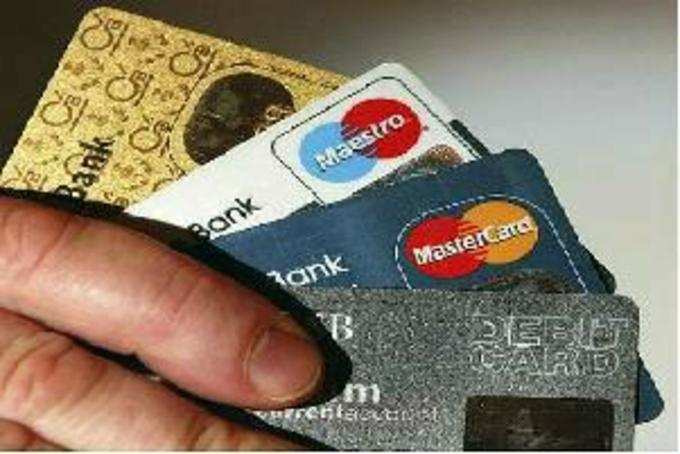 Swiping credit cards has always been very easy, but managing and repaying the dues has never been too easy. Most of the credit card customers are unable to manage and repay their credit card bills due to their sloppy spending habits and negligence about the mechanics of credit cards. We’ll look into each of these issues and the ways to overcome them.
Swiping credit cards has always been very easy, but managing and repaying the dues has never been too easy. Most of the credit card customers are unable to manage and repay their credit card bills due to their sloppy spending habits and negligence about the mechanics of credit cards. We’ll look into each of these issues and the ways to overcome them.Know the basics:
Nothing starts working well without understanding the basics; the customer should take care to understand basic terms and conditions by going through the fine print. Knowing basic terms like billing cycle, minimum-amount due and grace period is indispensable to manage both spending and repayment patterns, and any negligence on our part could result in spiralling interest costs. Any sound repayment strategy starts with strong basics.
Put a full stop to erratic spending:
Today, most of the purchases have become slicker than we might think due to the advent of more shopping malls and online shopping marts, and as a result we end up in a spending spree by completely losing control . A manageable debt always follows a controlled debt, and hence the imperative to stop sloppy spending habits.
The above discussed points constitute the basic requirements to effectively plan and manage the repayment of credit card dues because even the best repayment strategies fail without good debt control.
Pay the dues within the billing cycle:
The first step is to ensure that the debt or the interest costs do not spiral out of control, and a sure way to do this is to ensure that the entire outstanding amount is paid within the billing cycle or the provided grace period. This is easier said than done, but many card holders use this strategy effectively by timing their purchase and repayment within the billing cycle. You could also become a convenience user by paying off all your bills within the grace period without any interest, but this option comes into effect only if the previous bill is also settled before the billing cycle or grace period.
Covert the dues into EMIs:
In case of big ticket purchases, a cardholder can convert his purchases into equated monthly instalments. This option works like a consumer loan where the loan amount plus the interest component is converted into
Balance transfer:
In times of cash crunch, a cardholder can wisely opt for the balance transfer facility. Under this facility, the outstanding balance in one card is transferred to another card issued by a different bank at a lower interest rate. A balance transfer is often done either to avail a lower interest rate and thereby curtail spiralling interest cost or to consolidate the total outstanding amount under a single card to make it more manageable. The flip side of this facility is that the low interest rate is available only for the initial few months, and the account reverts back to the prevailing normal interest rate after this initial period of 3 to 6 months. Generally, a processing fee of 1 to 2 % is charged on the transfer, and it usually takes 7 to 10 days for the balance to get transferred. Besides, the amount that can be transferred is generally restricted to 75% of the total limit available in the new card. The cardholder shouldn’t have failed to pay the minimum amount due under both the cards during the time of transfer. Some cards do offer the option of paying the amount transferred in EMIs like the SBI credit card.
Under extreme cases when the debt hits the ceiling, the best option would be to repay the entire amount with a personal loan. Personal loans do offer lower